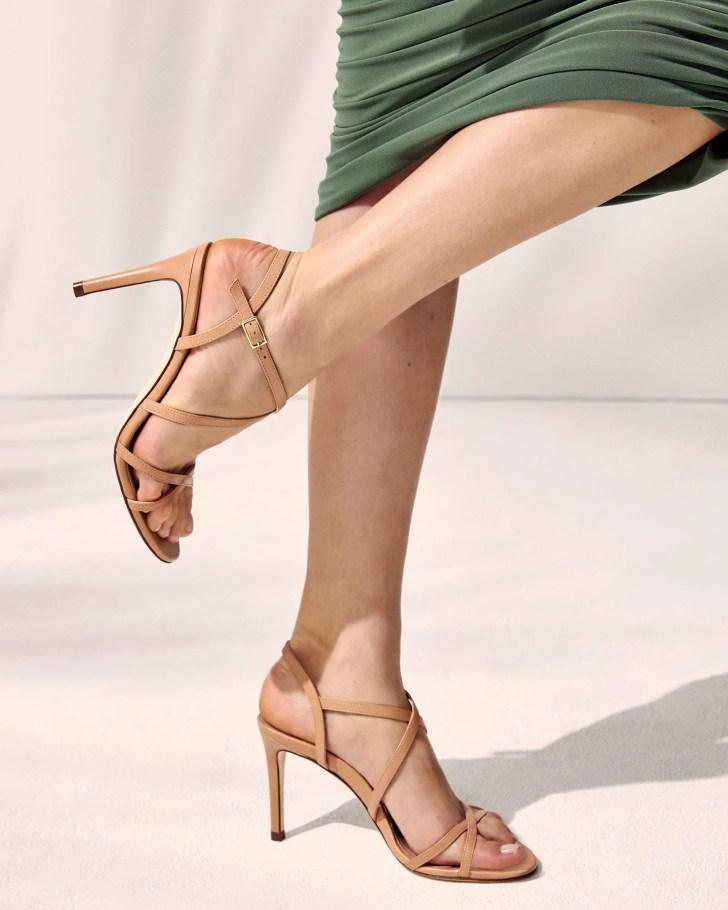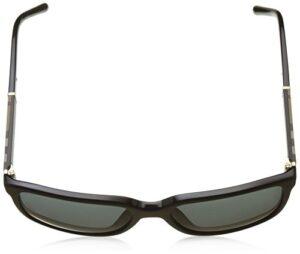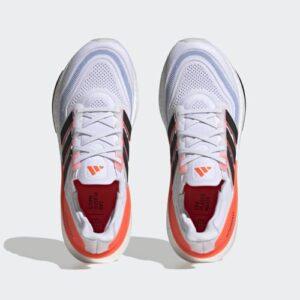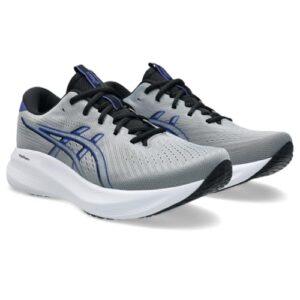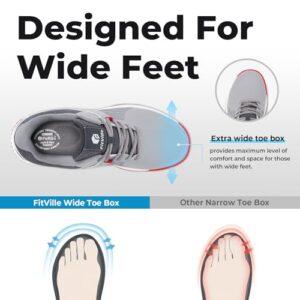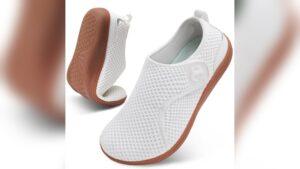Have you ever slipped on a pair of high heels only to end the day with sore feet and blisters? Finding the right fit for your heels isn’t just about style—it’s about comfort, confidence, and protecting your feet.
When your high heels fit perfectly, you can walk tall without pain or discomfort. But how do you know if your heels fit the way they should? Keep reading, and you’ll discover simple tips to make sure your high heels feel as good as they look.
Your feet will thank you.
Choosing The Right Size
Measuring feet with a ruler or tape is key. Do it at the end of the day when feet are largest. Stand on paper and mark heel to longest toe. Measure both feet, as one can be bigger. Use the larger foot size to pick shoes. Sizes differ between brands, so check each brand’s chart. A size 7 in one brand may feel like a 6.5 in another.
Width matters as much as length. Some heels come in narrow, medium, or wide widths. Choose the width that fits snug but not tight. Arch support helps keep feet comfortable in heels. Look for shoes with built-in arch support or add insoles. Proper fit prevents blisters and pain.

Credit: uk.hellaheels.com
Heel Height And Comfort
Choosing the right heel heightis key to feeling good all day. Too high heels can cause foot painand discomfort. A heel height of 2 to 3 inchesoften balances style and comfort well.
High heels put extra pressure on the balls of your feet. This can lead to problems like blisters, calluses, and arch pain. Lower heels reduce these risks and help keep your feet healthy.
Finding a heel height that fits your daily activities is important. You want to look nice but also feel comfortable. Medium heels often work well for long wear, while very high heels suit short events.
Material And Construction
Choosing between flexibleand rigid materialsaffects comfort. Flexible materials bend with your foot, giving more freedom. Rigid materials hold shape well, but may feel tight or hard. For long wear, flexible shoes usually cause less pain.
Cushioningis key to protect your feet. Soft pads absorb shock and reduce pressure. This helps prevent soreness, especially under the heel and ball of the foot. Thin or no cushioning can make heels painful fast.
Breathabilityand moisture controlkeep feet dry and cool. Materials like leather or mesh allow air to flow. This stops sweat build-up and reduces slipperiness inside the shoe. Less moisture means fewer blisters and better comfort.

Credit: www.purewow.com
Trying On High Heels
Try high heels in the afternoon or evening. Feet swell a bit during the day. Shoes that fit then will be more comfortable all day long.
Check the fit in these areas:
- Toes:Should have a little space, not squeezed.
- Heel:Must not slip out when walking.
- Arch:Needs good support without pain.
Walk around in the shoes. Feel if they pinch or rub.
Adjust straps or try a different size if needed. Comfort is key.
Common Fit Issues
Pinching and blistershappen when shoes are too tight. The edges press hard on your skin. This causes pain and red spots. Soft insoles can help reduce the pain. Wearing shoes for a short time first helps your feet adjust.
Heel slippagemeans your heel moves up and down inside the shoe. It causes discomfort and can lead to blisters. Shoes that fit well around the heel stop this problem. Try shoes with a strap or a snug back.
Toe crampingoccurs when toes are squished together. Narrow shoes or high heels with a small toe box cause this. Your toes should have space to move. Choosing shoes with a wider front avoids cramping and keeps toes healthy.
Tips For Breaking In Heels
Start by wearing heels for short times. This helps your feet get used to them slowly. Use soft insertsor padsinside the shoes. They add comfort and stop blisters. Inserts can also help if the shoes feel too big or small.
To stretch tight shoes, try wearing thick socks with the heels. Use a hairdryer on the tight parts for a few seconds. Move your feet while warming the shoes. This makes the material softer and easier to stretch.
Break heels in a little every day. Don’t wear new heels for long hours right away. Your feet will thank you for the gentle care.
Maintaining Comfort Throughout The Day
Foot exercises and stretcheshelp keep feet strong and flexible. Try toe curls and ankle circles to reduce stiffness. Stretch calves by leaning against a wall with one leg behind. These moves ease foot pain and improve comfort while wearing heels.
Choosing when to switch shoesis key to avoid tired feet. Wear heels for short periods. Change to flats or comfortable shoes during long walks or standing. This gives feet a rest and prevents soreness.
Caring for your heelsextends their life and keeps them safe. Clean shoes regularly with a soft cloth. Store them in a cool, dry place. Check heel tips often and replace them if worn out to avoid slips and falls.

Credit: footwearmagazine.com
Frequently Asked Questions
How Tight Should High Heels Fit?
High heels should fit snugly but not painfully tight. They must hold your foot securely without squeezing. Proper fit prevents blisters and discomfort during wear. Always try heels on with the type of socks or stockings you plan to use.
How To Measure Feet For High Heels?
Measure your feet at the end of the day when they’re slightly swollen. Use a ruler or tape to measure length and width. Compare measurements with the shoe brand’s size chart for accurate fit. Proper measurement avoids buying heels that are too tight or loose.
What Signs Show High Heels Don’t Fit Well?
Common signs include heel slipping, toe pinching, and foot pain. Blisters and redness also indicate poor fit. If heels cause discomfort or instability, they likely don’t fit properly. Properly fitting heels feel comfortable and secure from the start.
Can High Heels Be Adjusted For Better Fit?
Yes, minor adjustments like insoles or heel grips improve fit. Stretching techniques can also help widen tight areas. However, major size changes require professional shoe repair. Always ensure adjustments don’t compromise comfort or shoe structure.
Conclusion
Finding the right fit for high heels matters a lot. Shoes that fit well feel better all day. They help avoid pain and foot problems. Pay attention to length, width, and heel height. Try walking a little before buying. Comfort and style can go together.
Choose heels that support your feet. Remember, good fit means happy feet and confident steps.

Madison Clark is a footwear expert and the voice behind MyStyleGrid.com. She specializes in honest shoe reviews, style tips, and practical guides to help readers find the perfect pair for any occasion. With years of experience in blogging and content creation, Madison makes footwear knowledge simple, stylish, and easy to follow.

